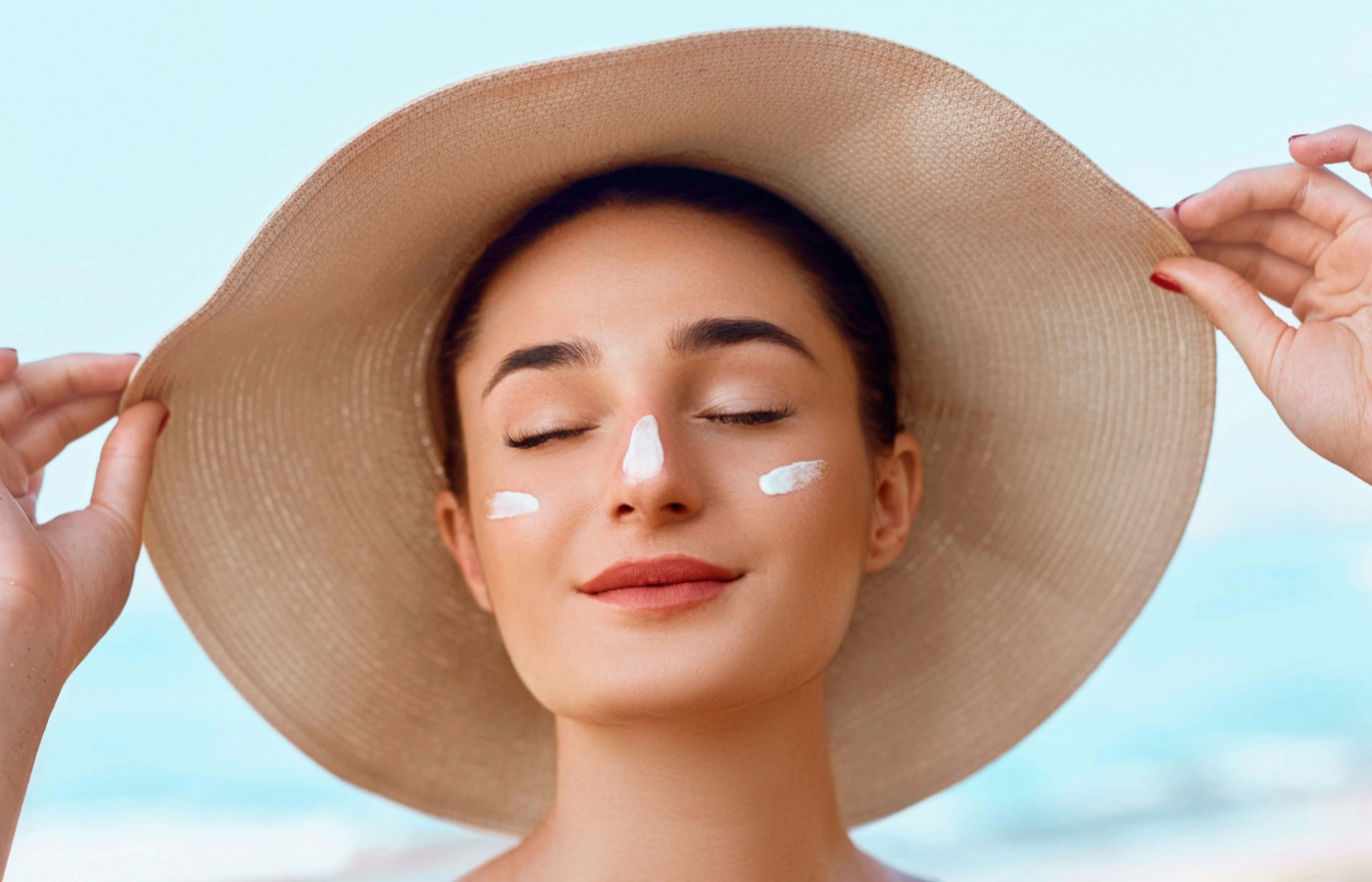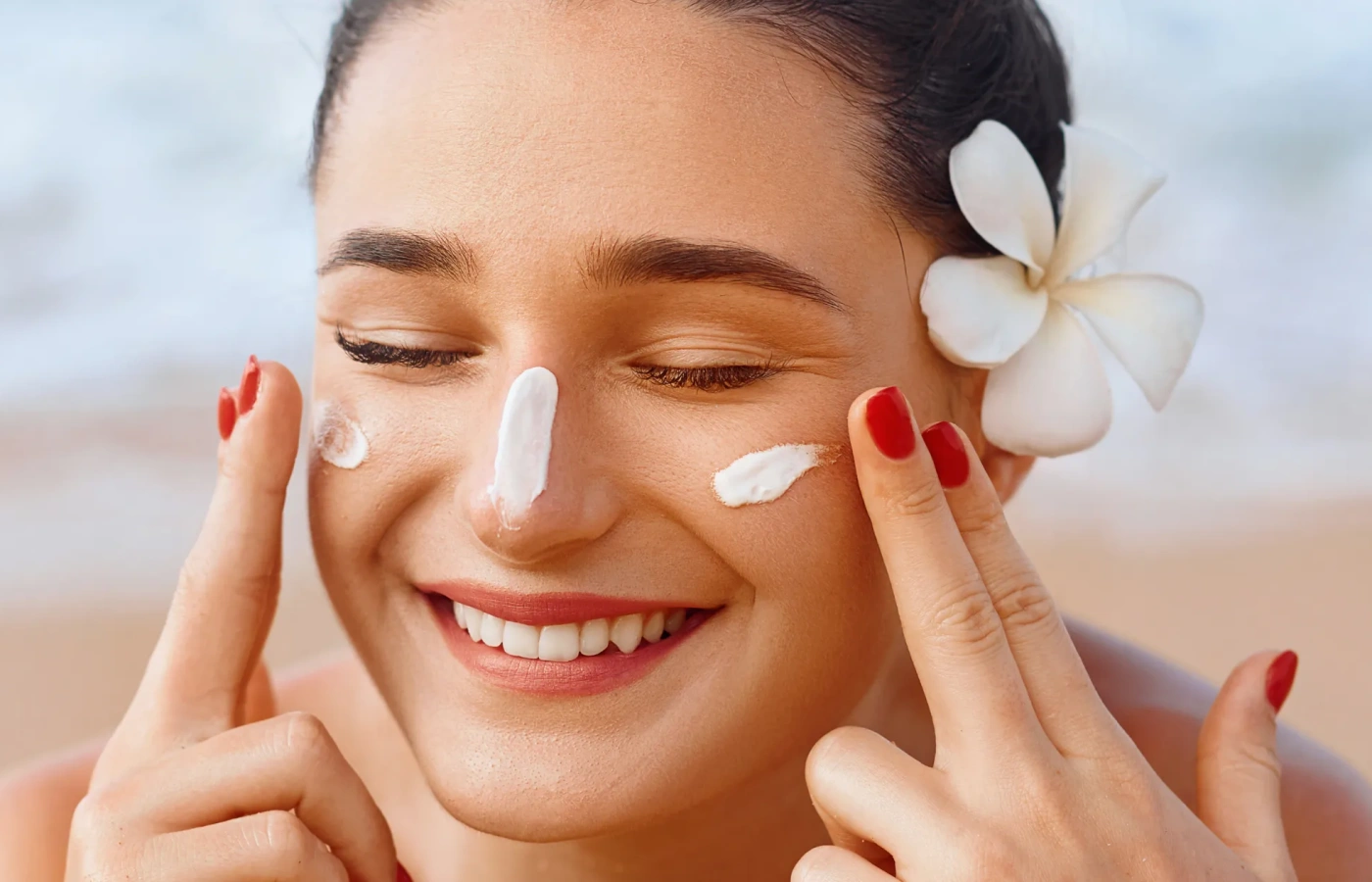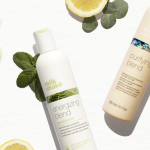Understanding SPF and UV Protection
1. What is SPF?: SPF, or Sun Protection Factor, indicates the level of protection a sunscreen provides against UVB rays, which are primarily responsible for sunburn. For daily use, a broad-spectrum sunscreen with an SPF of at least 30 is recommended, as it blocks approximately 97% of UVB rays.
2. Broad-Spectrum Protection: Look for sunscreens labeled “broad-spectrum,” which protect against both UVB and UVA rays. UVA rays penetrate the skin more deeply and contribute to aging and skin cancer. Ensuring your sunscreen offers broad-spectrum protection is essential for comprehensive skin care.

Choosing the Right Sunscreen
1. Formulation Types: Sunscreens come in various formulations, including lotions, creams, gels, and sprays. Lotions and creams are ideal for dry skin, while gels are better for oily or acne-prone skin. Sprays offer convenience but ensure even application for effective coverage.
2. Water Resistance: If you plan to swim or sweat, opt for water-resistant sunscreen. These products maintain their SPF protection for a specified duration (typically 40 or 80 minutes) while in water or sweating. However, reapplication is still necessary after swimming or towel drying.

3. Ingredients: Check the ingredient list for active components. Chemical sunscreens contain ingredients like avobenzone and octisalate, while physical (or mineral) sunscreens use zinc oxide or titanium dioxide. Mineral sunscreens are often recommended for sensitive skin, as they provide immediate protection and are less likely to irritate.
Application Tips for Maximum Protection
1. Apply Generously: Use enough sunscreen to cover all exposed skin. A general rule is to use about one ounce (a shot glass full) for full-body coverage. Don’t forget commonly missed areas like ears, the back of the neck, and the tops of your feet.

2. Timing Matters: Apply sunscreen at least 15-30 minutes before sun exposure to allow it to absorb and provide effective protection. Reapply every two hours, or more frequently if swimming or sweating.
3. Daily Use: Incorporate sunscreen into your daily skincare routine, even on cloudy days or when staying indoors, as UV rays can penetrate windows. Regular use helps prevent cumulative sun damage and maintains skin health over time.
Choosing and using sunscreen correctly is essential for safeguarding your skin against harmful UV rays. By understanding SPF, selecting the right formulation, and applying it properly, you can enjoy the sun safely. Make sunscreen a non-negotiable part of your daily routine, and protect your skin for years to come. With consistent use, you’ll not only preserve your skin’s youthful appearance but also reduce the risk of serious skin conditions.

